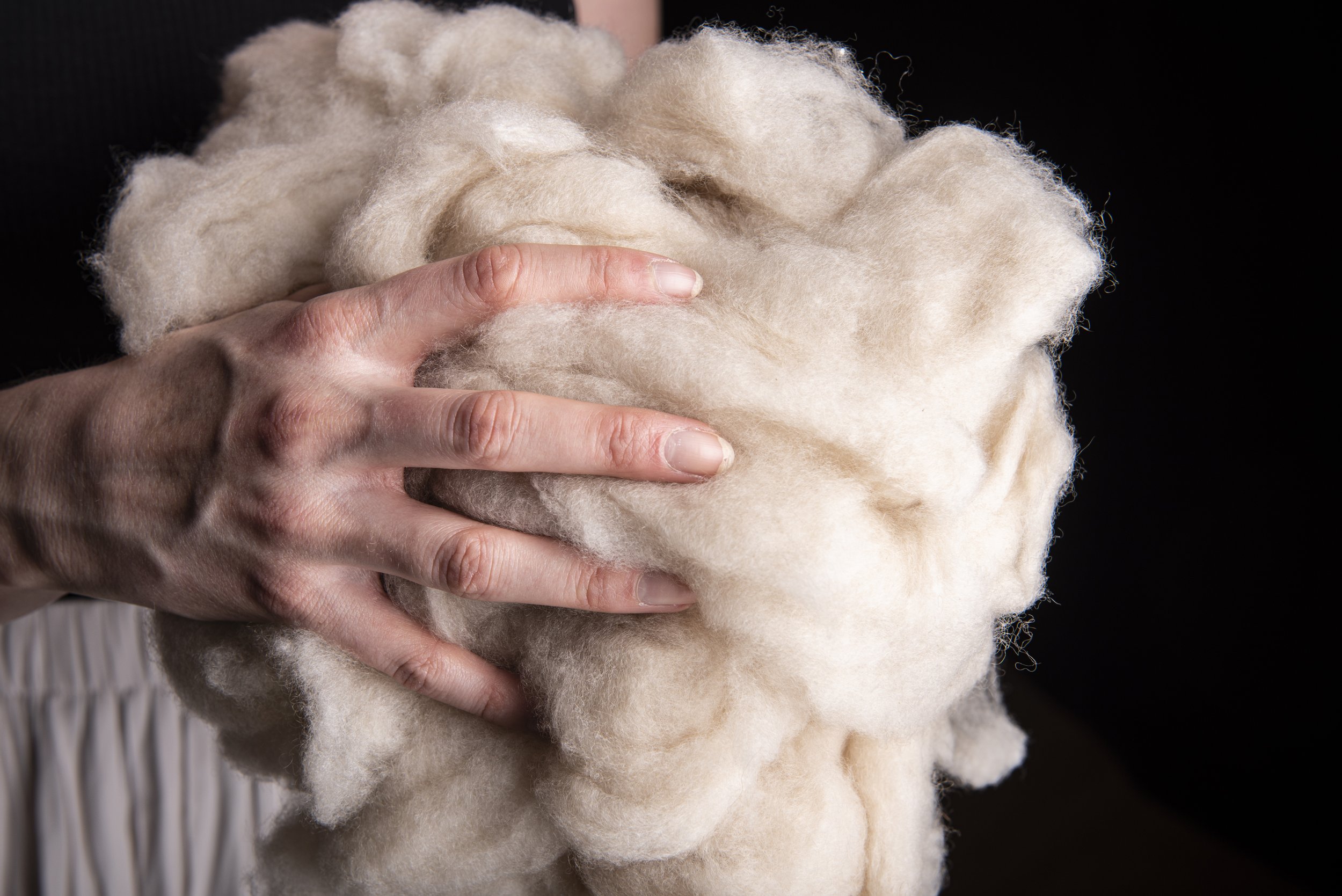Comprehending the Various Kinds Of Cashmere a Natural Fiber and Their Distinct Benefits

The Origins of Cashmere: A Historic Summary
While the extravagant touch of cashmere proceeds to appeal modern customers, its beginnings trace back to the extreme, chilly environments of Mongolia and the Mountain ranges. For centuries, the aboriginal peoples of these areas have actually been elevating Capra Hircus goats, the prime resource of cashmere woollen. These goats, resistant versus the severe wintertimes, grew a great undercoat to make it through, which later became called cashmere. The name itself pays homage to Kashmir, an area in India where the wool was at first processed. Much of the early cashmere profession course was assisted in by the Silk Roadway, attaching Asia with the Middle East and Europe. In spite of its global spread, the finest cashmere is still believed to originate from the initial regions of Mongolia and the Mountain Ranges.

The Manufacturing Process: From Goat to Garment
Shearing a Capra Hircus goat notes the beginning of the detailed cashmere production process. This fragile procedure typically occurs once a year during springtime. The fine, soft undercoat is after that separated from the coarser outer hair, a procedure understood as dehairing. The resultant raw cashmere is after that cleaned to get rid of pollutants such as dust, vegetable, and oil matter.
The clean fiber undergoes dyeing, spinning, and weaving, or knitting, to change it into a fabric. Complex treatments such as top quality control checks and finishing procedures adhere to, ensuring completion product keeps the luxurious requirement anticipated of cashmere. This painstaking procedure, from goat to garment, justifies the high cost connected to cashmere products, making them a sign of high-end and refinement.
The Different Sorts Of Cashmere: An In-depth Analysis

The Unique Benefits of Cashmere: Convenience and Sustainability
Moving from the selection of cashmere types to the advantages they offer, comfort and sustainability stand out plainly. Cashmere, an all-natural fiber, is renowned for its unrivaled gentleness, providing a level of convenience that synthetic fibers can not match.
When it concerns sustainability, cashmere is eco-friendly and eco-friendly, as it's harvested from cashmere goats that regrow their coats yearly. what is cashmere. Unlike artificial fibers which can take centuries to decay, cashmere's influence on the atmosphere is very little. This mix of comfort and sustainability makes cashmere a beneficial selection for conscious consumers

Taking Care Of Your Cashmere: Maintenance and Conservation Tips
While cashmere is undoubtedly a sustainable and extravagant selection, it requires details like keep its high quality and extend its life expectancy. To begin, cashmere must be hand cleaned using cold water and a moderate cleaning agent. Prevent wringing the garment or twisting as it can damage the fibers. Instead, delicately eject excess water and lay it flat on a towel to completely dry. In addition, cashmere products should be stored in a completely dry and awesome location, away from straight sunlight and wetness. Utilizing moth repellents can shield these garments from prospective damages. Last but not least, it's advisable to stay clear of hanging cashmere to protect against stretching. Rather, fold and shop them appropriately to keep their form and quality over time.
Buying Cashmere: Recognizing Its Value and Worth
Although cashmere might originally appear like an expensive financial investment, its lasting worth and worth come to be evident when you consider its amazing qualities. Recognized for its exceptional gentleness and heat, his response cashmere is a costs natural fiber that surpasses other materials. Its high need and restricted supply add to its high price, yet its sturdiness guarantees it lasts for several years, offering exceptional value for money. Cashmere pieces are classic, frequently ending up being antiques gave via generations. what is cashmere. Additionally, its all-natural shielding residential or commercial properties give heat without the bulk of synthetic fibers. Buying cashmere, as a result, is not nearly current style patterns, but concerning welcoming a lasting, durable, and glamorous way of living.
Conclusion
In summary, the kind of cashmere one picks, be it Mongolian, Chinese, or Italian, is determined by private preferences for warmth, budget, deluxe, and sustainability. Recognizing the beginnings, manufacturing procedure, and one-of-a-kind advantages of different types of cashmere can lead consumers in their investment in this luxurious all-natural fiber.
Whether it's the phenomenal warmth of Mongolian cashmere, the affordability of Chinese cashmere, or the eco-conscious production of Italian cashmere, there's a tale to be found behind each fiber kind. Cashmere, a natural fiber, is renowned for its unparalleled soft qualities, providing a level of comfort that artificial fibers can not match.When it comes to sustainability, cashmere is eco-friendly and eco-friendly, as it's harvested from cashmere goats that regrow their coats annually. Understood for its unmatched soft qualities and heat, a knockout post cashmere is a costs all-natural fiber that outmatches various other materials. Understanding the origins, production process, and special advantages of different types check out here of cashmere can direct consumers in their financial investment in this luxurious all-natural fiber.